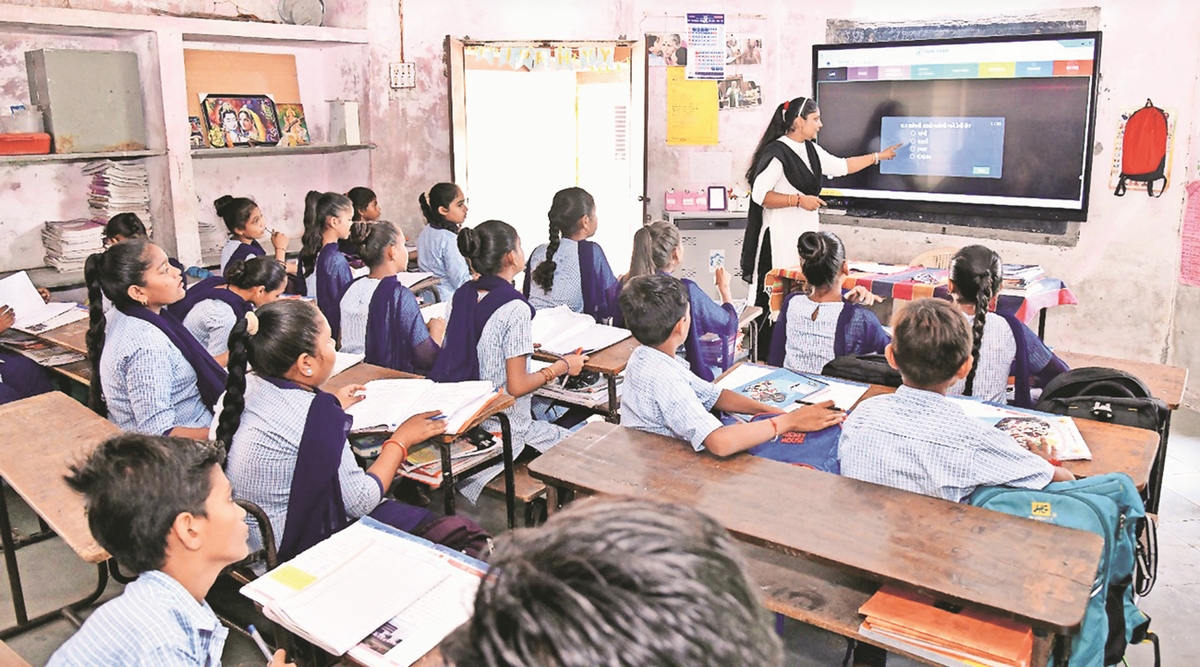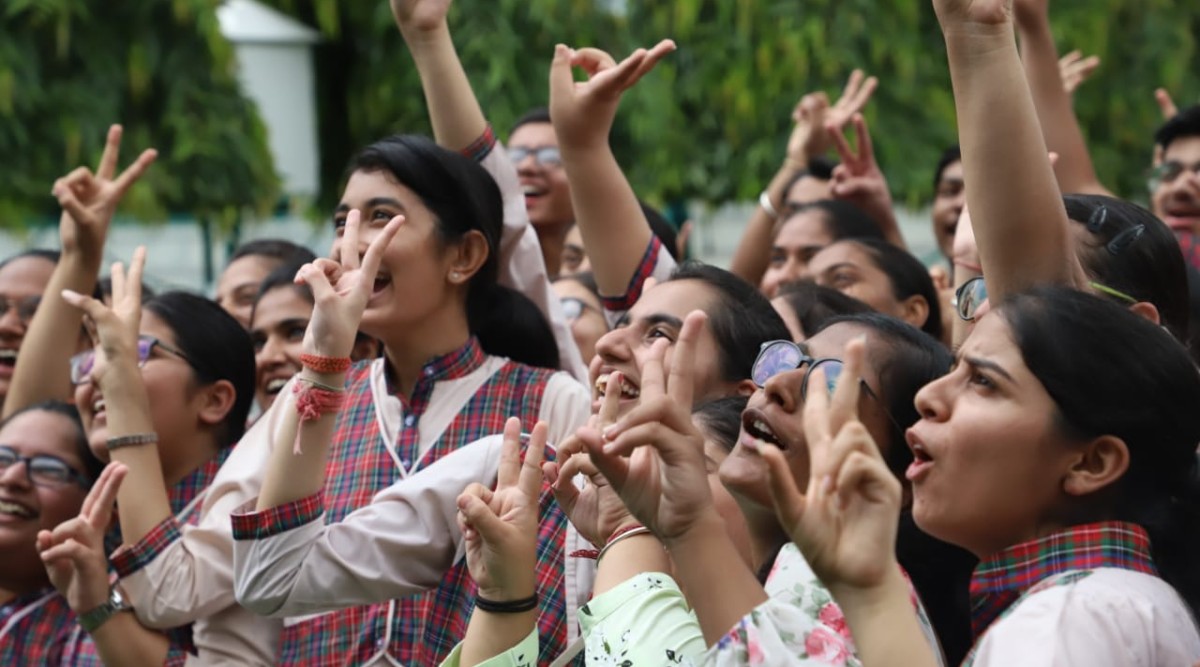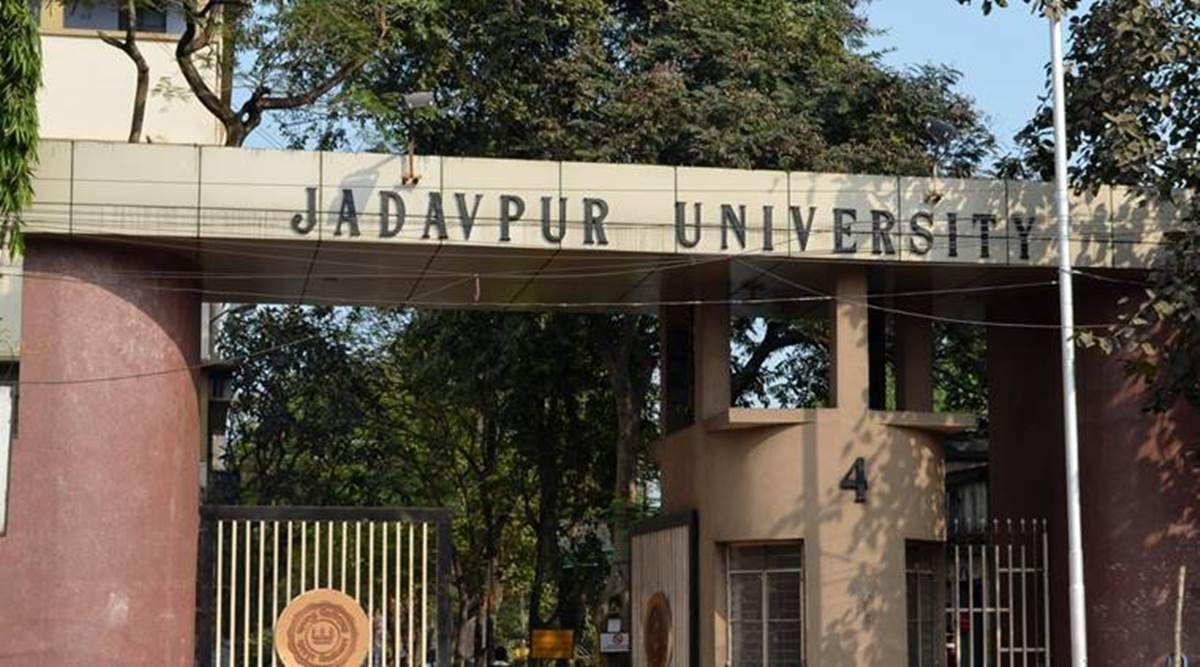AROUND 75 students from villages in Vadodara district have returned to government-run schools after the district administration launched a campaign to showcase quality outcomes of the smart classes in the current academic year.
According to a release from the district administration of Vadodara, District Collector Atul Gor had initiated the drive to use technology to ensure that pupils in remote locations also receive a high-quality education.
“The district’s 225 schools have been chosen for this and 73 schools are included in the initial round of smart classes. In this smart class, a dashboard is provided along with the education module. It uses audio-visual media for its courses of various standards. There are animated math and science exercises as well as poems in Gujarati and Hindi, which are attracting students to learn,” the release stated on Saturday.
In Karjan Taluka’s Lilod village, pupils from private schools have been readmitted to government elementary schools. The primary school in Lilod village –with a population of only 900– has a total enrollment of 304 kids, including children from nearby villages. Lilod primary school has seen 13 students seek re-admission after cancelling their admission in a private school in the nearby village.
Assistant teacher at the school Mahendra Mehra said, “We make 210 students from class 6 to 8 study in smart classes. Smart learning has increased students’ interest in studies.”
In Mota Habipura Primary School in Dabhoi taluka, 54 out of 186 students in classes seven and eight are taught in smart classes. At least 10 students from the village re-enrolled in the school after smart class was started by the district administration.
Chirag Solanki, an assistant teacher in the Smart Class at Mota Habipura says the educational module has made teaching much simpler. “Experiments in science can be easily described. Due to the fact that it is an audio-visual medium, kids also study with tremendous interest,” he says.
District primary education officer Archana Chaudhari said the department conducted a survey with 5,853 pupils from 140 present schools with smart classes.
Newsletter | Click to get the day’s best explainers in your inbox
“These sixth-grade students had a lacklustre performance in the annual exams because they did not learn in smart classes during the academic year of 2019-20. About 982 pupils (17%) recorded grades below 40%. A total of 4,007 pupils received grades ranging from 40 to 79%. Only 750 pupils received a grade of greater than 80%. These pupils are still the same ones in grade 8 smart classes in 2021–2022 and their performance in the ensuing annual exam has improved. This year, 5853 students signed up in total,” she said.
According to Chaudhari, percentage of pupils who scored less than 40% decreased to 12% after attending Smart classes. The proportion of pupils scoring in the 40 to 80 % range has increased to 69%.
!function(f,b,e,v,n,t,s)
{if(f.fbq)return;n=f.fbq=function(){n.callMethod?
n.callMethod.apply(n,arguments):n.queue.push(arguments)};
if(!f._fbq)f._fbq=n;n.push=n;n.loaded=!0;n.version=’2.0′;
n.queue=[];t=b.createElement(e);t.async=!0;
t.src=v;s=b.getElementsByTagName(e)[0];
s.parentNode.insertBefore(t,s)}(window, document,’script’,
‘https://connect.facebook.net/en_US/fbevents.js’);
fbq(‘init’, ‘444470064056909’);
fbq(‘track’, ‘PageView’);







